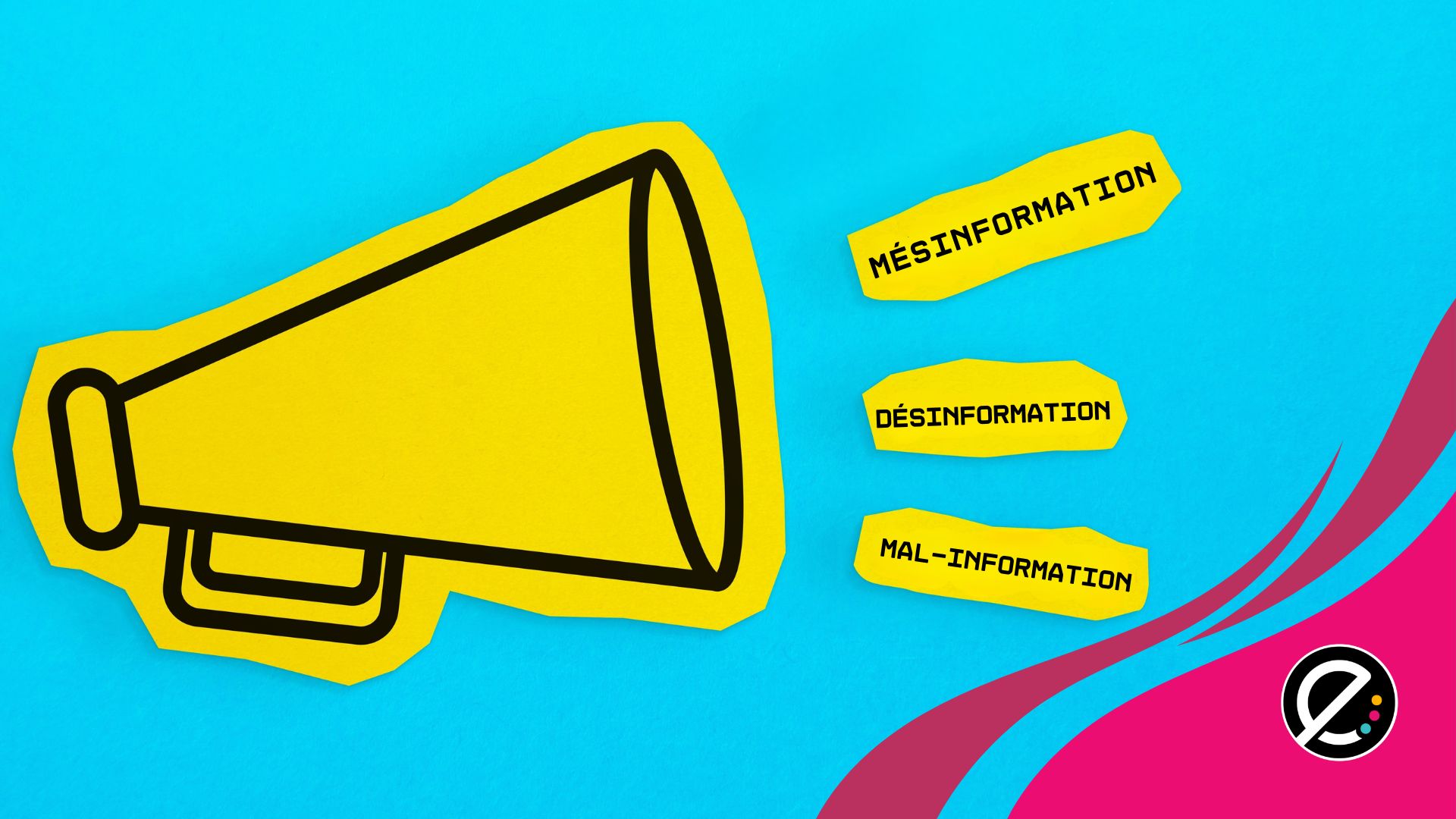par Nadine Forget-Dubois
Agente de recherche et de transfert
Conseil supérieur de l’éducation
Dévoilé en mai 2018, le Plan d’action numérique en éducation et en enseignement supérieur (PAN) voulait faire du système éducatif québécois « un agent de changement et d’innovation ». Deux ans plus tard, les outils numériques se transforment soudainement en bouées de sauvetage afin de poursuivre l’enseignement malgré la fermeture des établissements. Du coup, la pandémie a mis en évidence les obstacles concrets à l’intégration du numérique en éducation : manque d’appareils, formation insuffisante à leur utilisation, connexions Internet inadéquates. De plus, les enseignants ont dû relever le défi de transformer en très peu de temps leurs pratiques habituelles pour les adapter à l’enseignement à distance. Alors que la pandémie s’étire, le personnel scolaire s’adapte à la nouvelle réalité d’un enseignement qui peut basculer à distance à tout moment et acquiert de nombreuses compétences.
Cette expérience influencera à long terme la perception des outils numériques. Conscient des difficultés vécues actuellement dans le système éducatif, le Conseil supérieur de l’éducation partage une vision du numérique en éducation pour le présent et pour l’avenir.
Cette préoccupation n’est pas nouvelle. Il y a 20 ans, le Conseil voyait dans l’utilisation des technologies un moyen de favoriser des changements souhaités en éducation, soit le passage du paradigme de l’enseignement à celui de l’apprentissage. Depuis, le numérique s’est insinué dans tous les domaines de notre existence, soulevant de nouveaux enjeux. Si l’éducation par des outils numériques est de plus en plus ancrée dans les pratiques et qu’elle le sera davantage dans l’avenir, le Conseil est d’avis que le système scolaire doit maintenant éduquer au numérique. Il jette les bases de ce changement de perspective dans son plus récent rapport sur l’état et les besoins de l’éducation.
De nouvelles responsabilités pour le système éducatif
Éduquer au numérique signifie donner les moyens de vivre et de s’épanouir dans un monde numérique. Le système d’éducation a maintenant la responsabilité de former des personnes éclairées à l’utilisation des médias et des technologies, afin de dépasser la simple consommation du numérique. Cette éducation comprend d’abord un ensemble de compétences à développer chez les jeunes dès le début de la scolarisation pour les préparer à apprendre et à exercer avec discernement leur citoyenneté numérique. Pour le personnel enseignant, cela implique d’utiliser les outils numériques pour atteindre des objectifs d’apprentissage, d’enseigner la littératie numérique à travers les disciplines et, enfin, d’évaluer cette nouvelle littératie. Pour y arriver, il doit pouvoir s’approprier des ressources numériques à utiliser en classe sans contraintes. Les élèves doivent aussi avoir accès aux outils courants, comme les logiciels de traitement de texte et de correction linguistique.
Des risques à prévenir et des avantages à cultiver
Par ailleurs, l’usage des outils numériques comporte certains risques, notamment ceux de nature écologique et sociale. La production d’appareils rapidement obsolètes se fait au détriment de l’environnement et des travailleurs pauvres qui les fabriquent. D’autres risques peuvent être réduits par l’éducation aux bonnes habitudes de vie. Il s’agit d’inculquer aux élèves des valeurs éthiques dans leur utilisation du numérique et de prévenir les usages malsains qui amènent à négliger les activités physiques et sociales. Enfin, le numérique peut accentuer les inégalités sociales. Le système éducatif se doit de créer des conditions équitables d’accès, mais aussi d’usage. Il doit également créer une culture inclusive, notamment pour que les filles se sentent bienvenues dans le domaine de l’informatique.
Le numérique demeure malgré tout incontournable pour s’adapter à la réalité du 21e siècle. Il offre notamment une plus grande flexibilité au système éducatif en situation de crise, comme nous avons pu le constater depuis le printemps dernier. Les outils numériques peuvent également faciliter la réponse aux besoins des élèves présentant des difficultés. Avec le temps et le développement de l’intelligence artificielle, ces outils en viendront à se moduler au rythme de chaque élève.
Des valeurs en tension
Le Conseil souligne aussi que des valeurs s’attachent au numérique et que celles du personnel enseignant ne s’alignent pas toujours sur celles qui sont véhiculées par les discours officiels. Le PAN, par exemple, présente les outils numériques comme implicitement porteurs d’innovation pédagogique. Les notions d’innovation et d’efficacité ont une consonance commerciale qui peut heurter les valeurs humanistes. Des valeurs différentes influencent le déploiement du numérique en éducation et la manière dont le personnel enseignant se l’approprie. Réconcilier les visions et gagner le soutien du milieu scolaire seront nécessaire à l’intégration du numérique dans les programmes.
Réussir l’éducation au numérique
Pour commencer la transition vers l’éducation au numérique, le Conseil propose trois grandes orientations qui peuvent s’adapter à la réalité de chaque ordre d’enseignement. D’abord, il est impératif de mettre en place les conditions matérielles et administratives nécessaires pour une utilisation fluide des outils numériques. La bande passante, la capacité du système électrique et le manque d’appareils ne doivent plus être des obstacles. Au-delà des besoins de base, les équipes-écoles auraient avantage à mener une réflexion commune sur la place du numérique en éducation et sur les rôles de chacun dans l’éducation au numérique. Enfin, une meilleure collaboration entre les services techniques et éducatifs permettrait d’atteindre un équilibre judicieux entre la sécurité des réseaux et les besoins éducatifs.
La deuxième orientation propose un meilleur alignement du curriculum, des apprentissages et de l’évaluation. Le caractère essentiel de la compétence numérique devrait être enchâssé dans les programmes, enseigné à travers les disciplines scolaires et évalué dans un contexte authentique. Cette orientation implique de définir ce que les élèves doivent maîtriser pour passer à l’étape suivante de leur scolarisation. Après la scolarité obligatoire, les élèves devraient être outillés pour continuer à apprendre tout au long de leur vie.
La troisième orientation propose d’actualiser les programmes de formation à l’enseignement et de répondre aux besoins de formation continue et d’accompagnement du personnel enseignant. Cette orientation se fonde sur la proposition de repenser l’éducation comme une tâche collaborative, dans laquelle l’enseignante ou l’enseignant agit de concert avec d’autres professionnels pour accompagner les élèves dans leurs apprentissages. En parallèle, les programmes de formation initiale doivent faire plus de place aux technologies numériques, idéalement en devenant des modèles d’approche collaborative et d’intégration du numérique dans l’apprentissage. Le personnel enseignant en exercice a également besoin de formation et de temps pour expérimenter. Il doit aussi être accompagné pour développer ses compétences professionnelles, y compris numériques.
La migration rapide vers l’enseignement à distance en raison de la pandémie a exacerbé à la fois les côtés négatifs et positifs du numérique en éducation : frustrations liées au manque de ressources et de formation d’une part, occasions d’innovations pédagogiques d’autre part. Dans la tourmente et après, ne perdons pas de vue le rôle que devrait jouer le numérique en éducation : développer des compétences. Éduquer par le numérique est nécessaire, mais insuffisant. L’éducation au numérique contribuera à faire en sorte que les élèves d’aujourd’hui deviennent des citoyens responsables, dotés d’un sens critique, conscients des pièges que tendent les technologies et des avantages qu’elles apportent. Cette responsabilité du système éducatif ne saurait s’exercer sans gagner l’adhésion du personnel enseignant et de toutes les parties prenantes.
Références
Conseil supérieur de l’éducation (2020). Éduquer au numérique, Rapport sur l’état et les besoins de l’éducation 2018-2020, Québec.














